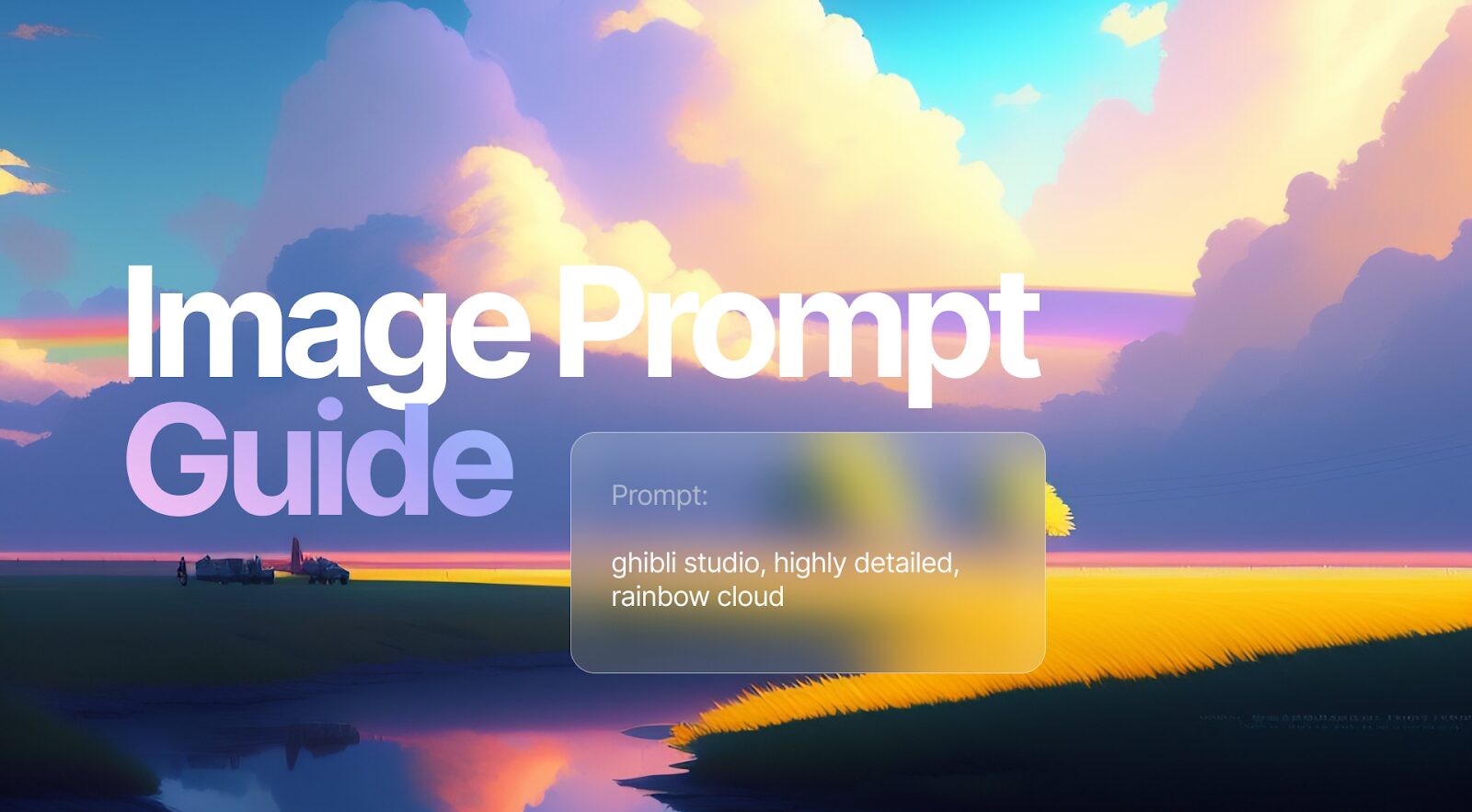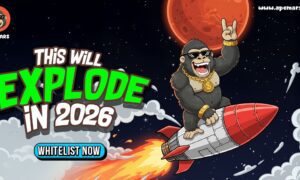As AI video generation tools like Google’s Veo become more sophisticated, creators are discovering that the key to getting great results lies not just in what you ask for, but how you ask for it. While you can certainly type a simple request like “create a video of a cat playing,” many professionals are turning to structured formats to get more precise, predictable results.
Why Structure Matters
Think of prompting an AI video generator like giving directions to someone. You could say “go to the store,” but you’ll get better results if you specify which store, what route to take, and what to buy. The same principle applies to AI prompts – the more structured and specific your request, the closer the output will match your vision.
JSON: The New Standard for Video Prompts
JSON (JavaScript Object Notation) has emerged as a popular choice for writing AI prompts, especially for complex video generation tasks. Don’t let the technical name intimidate you – JSON is simply a way to organize information using pairs of labels and values, like a digital filing system.
Here’s why JSON works so well for AI video prompts:
Clear Organization: Instead of cramming all your requirements into a single paragraph, JSON lets you separate different elements – scene description, camera angles, lighting, character actions – into distinct, labeled sections. This helps the AI understand exactly what each part of your request refers to.
Reduced Ambiguity: When you write “create a bright, energetic video,” the AI might interpret “bright” as referring to lighting, mood, or colors. With JSON, you can specify exactly what you mean: “lighting”: “bright natural sunlight” and “mood”: “energetic and upbeat”.
Consistency Across Projects: Once you create a JSON template that works well, you can reuse and modify it for similar videos. This is particularly valuable for content creators who need to maintain a consistent style across multiple videos.
A Simple Example
Instead of writing: “Make a short video of someone cooking pasta in a modern kitchen with good lighting”
You could structure it like this:
{ “scene”: “modern kitchen with marble countertops”, “character”: “person in casual clothing”, “action”: “cooking fresh pasta”, “lighting”: “warm natural light from large window”, “camera_angle”: “medium shot from counter level”, “duration”: “30 seconds”, “style”: “realistic with cinematic quality” } Other Structured Approaches
While JSON is popular, it’s not the only option for structured prompting:
XML Format: Some AI platforms, including Anthropic’s Claude, work well with XML tags. This approach uses labeled sections like , , and to organize your request. XML can be particularly useful for complex, multi-layered prompts.
YAML Format: This format uses simple indentation to show relationships between different elements. It’s often easier for humans to read and write than JSON, making it a good choice for collaborative projects.
Markdown Structure: Using headers, bullet points, and sections can help organize your prompts while keeping them readable. This works well for medium-complexity requests that don’t require the strict structure of JSON.
Do You Need Programming Skills?
Absolutely not. Creating structured prompts requires only basic understanding of formatting rules. For JSON, you just need to remember a few simple guidelines:
- Put text in quotation marks
- Separate items with commas
- Use curly braces { } to group related information
- Use square brackets [ ] for lists
Many online tools can help you create and validate your JSON prompts, and there are templates available for common video types.
Making the Most of Structured Prompts
Start Simple: Begin with basic structure and add complexity as you get comfortable with the format.
Be Specific: Instead of “good lighting,” specify “golden hour sunlight” or “soft studio lighting with minimal shadows.”
Test and Iterate: Save your successful prompts as templates and refine them based on the results you get.
Consider Your Platform: Different AI video generators may respond better to different formats, so experiment to find what works best for your chosen tool.
Real-World Examples and Templates
To see these principles in action, you can explore ready-made AI video prompts that have been tested and proven to work with Google’s Veo 3. These examples range from product advertisements to cinematic scenes, showing how different industries can leverage structured prompting.
For instance, here’s how a professional IKEA-style prompt might look:
{ “description”: “Cinematic shot of a sunlit Scandinavian bedroom. A sealed IKEA box trembles, opens, and flat pack furniture assembles rapidly into a serene, styled room highlighted by a yellow IKEA throw on the bed. No text.”, “style”: “cinematic”, “camera”: “fixed wide angle”, “lighting”: “natural warm with cool accents”, “motion”: “box opens, furniture assembles precisely and rapidly”, “ending”: “calm, modern space with yellow IKEA accent” }
The beauty of these templates is their adaptability. The same structure can be modified for different brands, products, or scenarios by simply changing the key values while maintaining the proven framework.
Professional AI Video Services
While learning to craft effective prompts is valuable, creating professional-quality AI video content often requires expertise in storytelling, visual design, and technical execution. For businesses looking to harness the full potential of AI video generation without the learning curve, professional AI video studio services can bridge the gap between concept and polished final product.
These services typically combine human creativity with AI technology, offering:
- Custom prompt development based on brand guidelines
- Professional post-production and editing
- Strategic content planning and storytelling
- Quality assurance and refinement
The Bottom Line
Structured prompting isn’t about making things more complicated – it’s about making them more predictable. When you’re spending time and potentially money on AI-generated content, having better control over the output is worth the small investment in learning these techniques.
Whether you choose JSON, XML, or another structured format, the key is finding an approach that helps you communicate your creative vision clearly to the AI. As these tools continue to evolve, the creators who master structured prompting will have a significant advantage in producing high-quality, consistent video content.



































